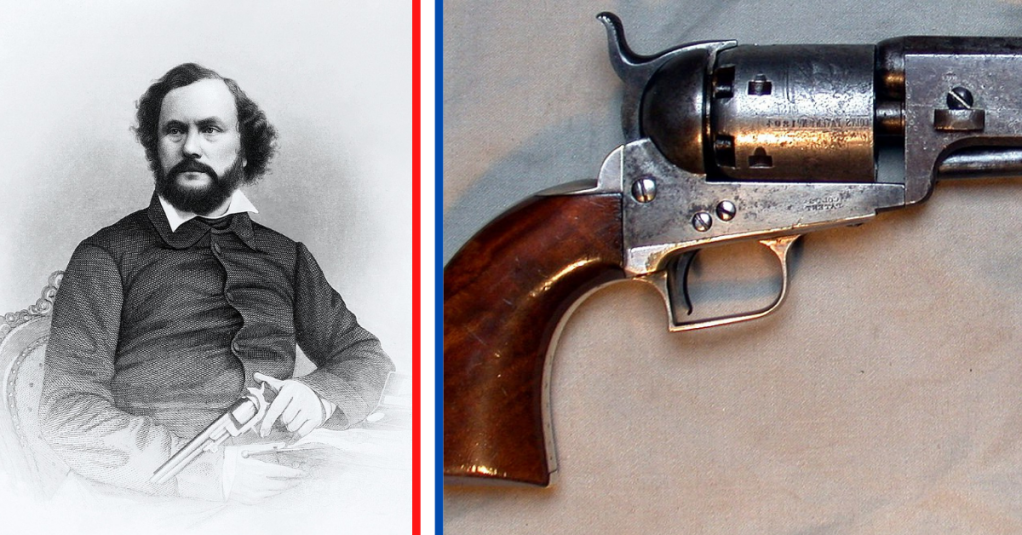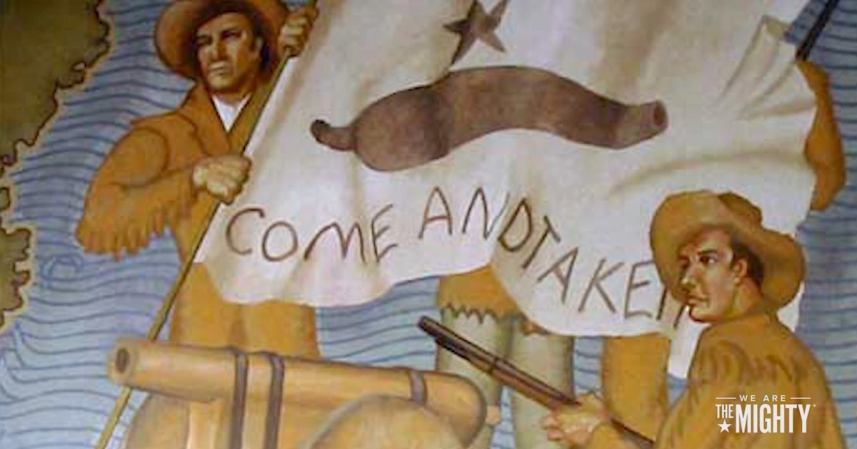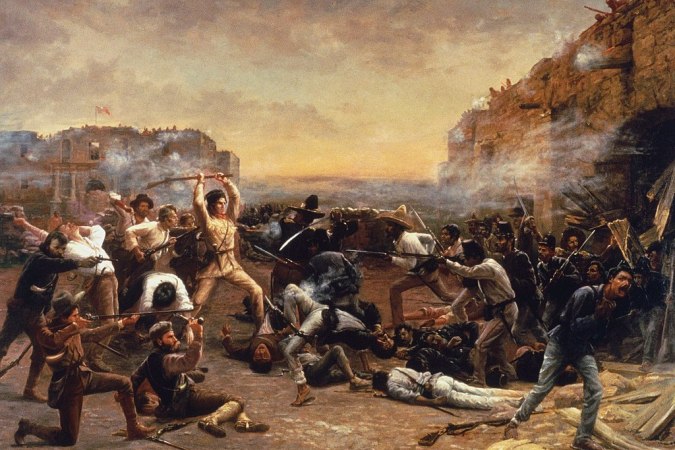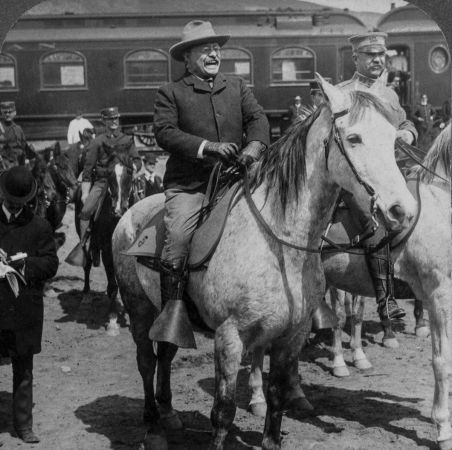Everyone knows Texas was an independent republic after winning its independence from Mexico, but between 1836 and its annexation by the United States in 1845, it saw very little peace. Despite signing Texas’ independence away via treaty after its humiliating defeat at San Jacinto, Mexico always considered it a rebellious province of Mexico.
It wasn’t alone, either. There were a number of Mexican provinces that were done being Mexican. Texas bordered the breakaway Republic of the Rio Grande and the Yucatan broke from Mexico to form its own republic twice.
In 1843, the Republic of Texas and the Second Republic of the Yucatan were again fighting Mexico to maintain their independence. In response to the Yucatan’s second uprising, Mexico sent its most advanced warships, some of the most advanced in the world, to blockade the Yucatan port of Campeche.
The two republics saw their independence as mutually supportive, so they joined forces to break the Mexican blockade. Texas’ Navy was commanded by Edwin W. Moore, who began sailing with the U.S. Navy at 15. He raised a unit of sailors and headed out to Texas with a force of three ships.
The same year Texas won independence, gunmaker Samuel Colt patented the first practical revolving-cylinder handgun. By 1837, he was manufacturing the guns in Paterson, New Jersey, but his company was running into money problems. He’d made 1,000 of this first practical repeating weapon, but a product is no good unless there’s a customer.

America’s economy had just been devastated by the Panic of 1837, the U.S. military wasn’t buying, and Colt was taking losses. His reckless spending didn’t help matters any. Then the Republic of Texas stepped in to save the day. It ordered 180 of his .36-caliber holster models for the Republic of Texas Navy in 1839, saving the company at a critical moment.
Fast-forward to April 1843: Commodore Moore was leading the Texas Navy to rendezvous with the Yucatan’s gunboats and began clearing the Gulf of Mexico of Mexican shipping and naval vessels. On April 30, a small Mexican naval force encountered the Texan-Yucan force and fought it to a draw. The Texans withdrew to rearm, and it was a good thing they did.
Their next encounter with Mexican ships included Mexico’s two best ships, the iron-armored Guadalupe and a paddle frigate, Montezuma, which could fire explosive shells. Both were commanded by British officers. For three hours, the two sides fought broadside to broadside. The Texan-Yucatan forces were damaged, but the Mexican fleet took even more damage – and more importantly, a lot more casualties.
This encounter was also a tactical draw, but the Mexican flotilla was forced to leave the scene, lifting the blockage of Campeche. The battle was the only known engagement where a wooden-hulled ship defeated an iron hull. The victory also allowed Yucatan to force Mexico in giving it full autonomy.
Years later, Samuel Colt would memorialize the battle and the Texas Navy on his 1851 and 1861 Colt Navy Revolvers and the Colt 1860 Army Revolver, as a thank you to the Republic of Texas Navy for their purchase at a dire time for his company.









